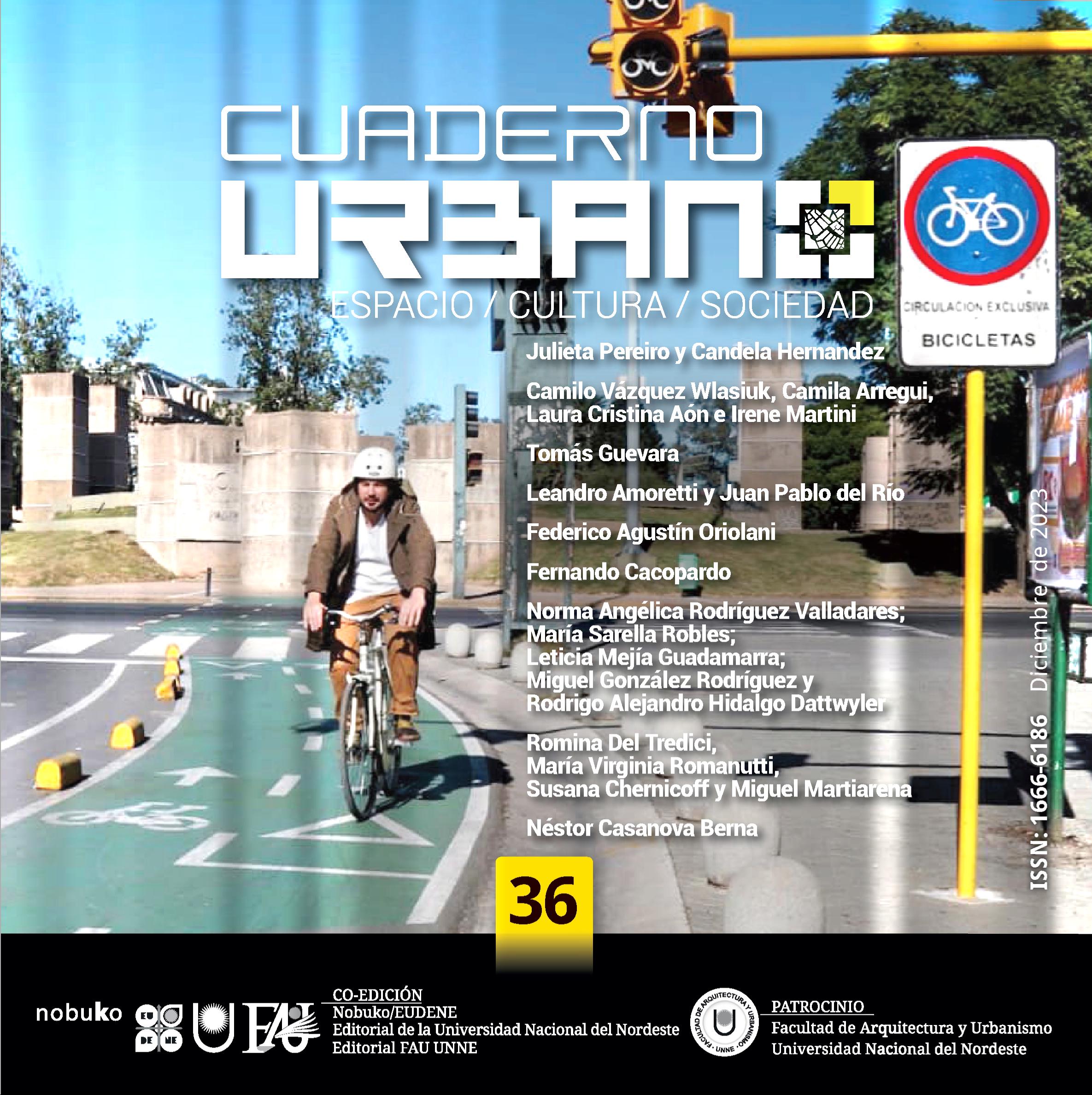Uso del cinturón de seguridad en micros de larga distancia. Entre las condiciones del sistema y las prácticas de las personas usuarias
DOI:
https://doi.org/10.30972/crn.36367222Palabras clave:
Cinturón de seguridad, transporte público interurbano, usuarias/os, ómnibusResumen
Este artículo presenta resultados de una investigación realizada por la Junta de Seguridad en el Transporte para conocer los determinantes de uso del cinturón de seguridad de las personas usuarias de los servicios regulares de ómnibus de larga distancia en Argentina. La perspectiva teórica recupera nociones del modelo sistémico para el análisis de accidentes que orienta a observar las interacciones entre las condiciones del sistema y el comportamiento de los actores, valiéndose también de herramientas provenientes de la sociología y la teoría política. El método utilizado consistió en una encuesta a pasajeras/os en distintas terminales de ómnibus de Argentina. Los principales hallazgos sostienen que el cinturón es valorado como un elemento de seguridad, pero que solo una porción minoritaria informa utilizarlo siempre al viajar, influyendo la edad y el nivel educativo. También que las personas usuarias perciben débiles incentivos por parte del sistema para utilizar este dispositivo de seguridad.
Descargas
Descargas
Publicado
Número
Sección
Licencia

Esta obra está bajo una licencia internacional Creative Commons Atribución-NoComercial-CompartirIgual 4.0.
CUADERNO URBANO sostiene su compromiso con las políticas de Acceso Abierto a la información científica, al considerar que tanto las publicaciones científicas como las investigaciones financiadas con fondos públicos deben circular en Internet en forma libre, gratuita y sin restricciones.
CUADERNO URBANO ratifica el modelo Acceso Abierto en el que los contenidos de las publicaciones científicas se encuentran disponibles a texto completo libre y gratuito en Internet, sin embargos temporales, y cuyos costos de producción editorial no son transferidos a los autores. Esta política propone quebrar las barreras económicas que generan inequidades tanto en el acceso a la información, como en la publicación de resultados de investigaciones.





.jpg)








